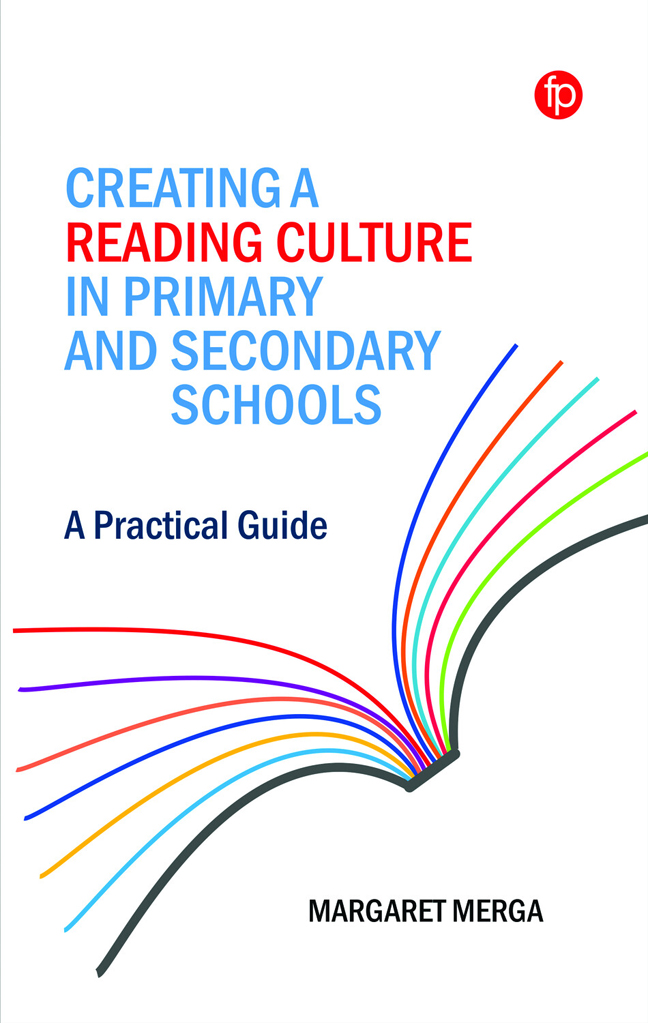Book contents
- Frontmatter
- Contents
- Figures and Tables
- About the Author
- Acknowledgements
- Abbreviations
- Introduction
- 1 Why a Whole School Reading Culture?
- 2 Research-Supported Practices to Choose From
- 3 Stakeholder Engagement and Resourcing
- 4 Implementation Planning and Change Management
- 5 Evaluation
- 6 Reporting
- Conclusions
- References
- Index
- Frontmatter
- Contents
- Figures and Tables
- About the Author
- Acknowledgements
- Abbreviations
- Introduction
- 1 Why a Whole School Reading Culture?
- 2 Research-Supported Practices to Choose From
- 3 Stakeholder Engagement and Resourcing
- 4 Implementation Planning and Change Management
- 5 Evaluation
- 6 Reporting
- Conclusions
- References
- Index
Summary
Whenever you implement a new approach in schools, it is important to build in opportunities to evaluate it. You need to have a planned opportunity to find areas that can be addressed to strengthen the whole school reading culture, as well as identifying successes and strengths. Evaluating initiatives and programmes needs to become a norm in schools, with schools allowing and encouraging this kind of process and permitting the reading culture team to deliberately and critically consider what has been achieved, and where redirection or revision may be appropriate. Freedom needs to be given to (at least internally) consider failures as well as successes so that an iterative process of improvement can take place.
Evaluation plays a key role in improving school performance (Pont et al., 2008) and, as briefly touched upon in the previous chapter, every plan for the development of a whole school reading culture should also include clear planning for evaluation of the plan as a whole, as well as its key components. Evaluation involves the processes, data and scheduling used to monitor, measure and assess progress towards achievement of goals (Merga, 2023b). Evaluation in schools can be an incredibly complex process, and this chapter is not an exhaustive coverage of this important area; rather, it may be a starting point from which further reading and learning may be conducted if you wish.
When we think about evaluation, we may automatically think about seeing changes in quantitative data between Point A at baseline (before an initiative) and Point B (after an initiative has been active for a sufficient period of time to realistically expect to see change). However, understanding of how to measure the success of change has evolved over time, with growing recognition of the value of qualitative and mixed-methods approaches. The effectiveness of your plan should not be purely ‘determined by quantitative shifts in achievement data’; ‘qualitative data in the form of the perspectives of students, staff and parents can also be drawn upon’ (Merga, 2023b, p. 117).
Evaluation could and should include multiple forms of data, and capture the perspectives of multiple stakeholders. For example, a school in the UK seeking to analyse the success of a literacy policy was interested in the following data sources.
- Type
- Chapter
- Information
- Creating a Reading Culture in Primary and Secondary SchoolsA Practical Guide, pp. 113 - 166Publisher: FacetPrint publication year: 2023

